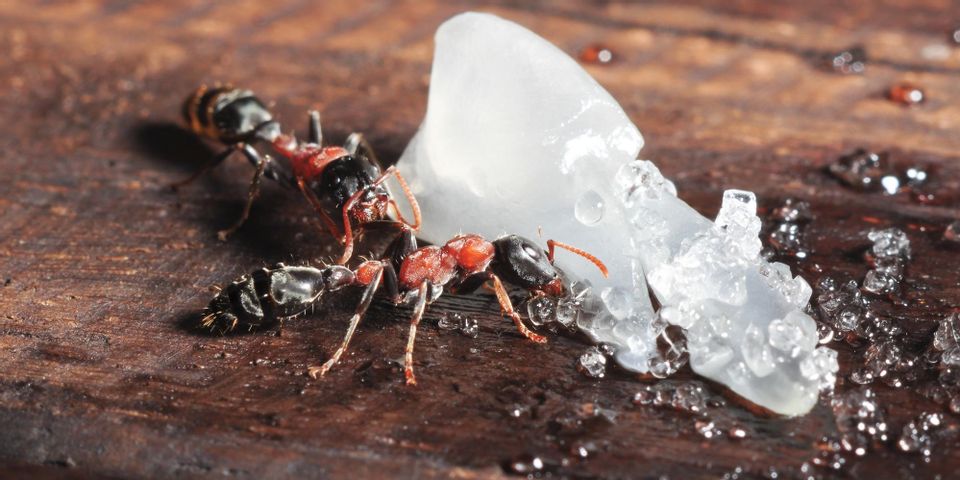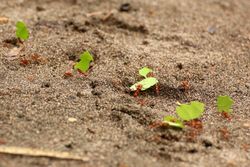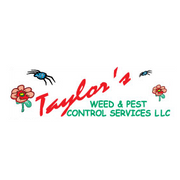Understanding Ants to Prevent Home Infestations

If you see ants in or near your home, you may be worried about keeping your kitchen clean and calling a pest control expert. These little scavengers construct complex colony structures and have surprising building capabilities. Understanding them may be the best way to keep them out of your home and food.
Colonies
 Like bees and termites, ants never live alone. They form groups called colonies which work together to build shelter, gather food, and defend themselves from attack. Every ant colony has a structure which relies on the specialization of different members to complete all the tasks necessary to maintain the group.
Like bees and termites, ants never live alone. They form groups called colonies which work together to build shelter, gather food, and defend themselves from attack. Every ant colony has a structure which relies on the specialization of different members to complete all the tasks necessary to maintain the group.
Communication
To coordinate their work, direct other ants toward food, or warn of danger, ants communicate by smell. They do this using their sensitive antennae, which can detect even the subtlest of scents. They release pheromones, chemicals that are detected by the other ants and help determine their behavior. Ants can also leave pheromone trails to incite other ants to follow them to wherever they’ve found food, meaning more ants are usually on their way.
Anthills and Entrances
You might think of an anthill as the home of an ant colony, but most of their home is underground in tunnels which may extend many feet away from the mound or crack from which they emerge. Anthills are simply where they deposit soil, and depending on the species of ant, it may or may not contain an entrance to the tunnels below, making it an ineffective place to concentrate pest control efforts.
By understanding how ants live, you can be better prepared to keep them out of your home. If you need pest control help, call Taylor's Weed & Pest Control in Hobbs, NM. Their technicians offer over 40 years of combined experience in pest control for rodents and bugs as well as offering weed control for a more beautiful, healthy lawn. To schedule an appointment, call (575) 492-9247, or send them a message online.
About the Business
Have a question? Ask the experts!
Send your question

